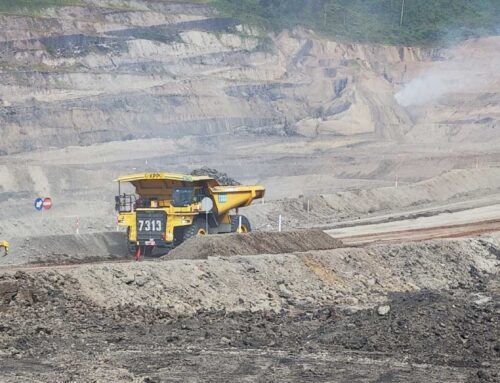Gap analysis is becoming an essential tool for companies seeking to improve their sustainability management and compliance with new regulations.
The Corporate Sustainability Reporting Directive (CSRD) marks a new stage in the European regulatory landscape for ESG (Environment, Social, Governance) reporting. The CSRD aims to enhance transparency and make companies more accountable for their sustainability performance. In this context, CSRD gap analysis is becoming an essential tool for companies seeking to improve their sustainability management and compliance with these new regulations.
This article will help you to approach the process effectively by presenting the main aims of gap analysis and proposing a breakdown of the roles of the Board of Directors and senior management in this process.
Companies can better integrate sustainability criteria into their overall strategy, thereby strengthening their ESG performance.
The main purposes of gap analysis
The main purpose of gap analysis is to compare a company’s current performance with its future objectives or benchmarks. In sustainability terms, this involves examining the organisation’s environmental and social policies, practices and performance.
Improving sustainability management
CSRD gap analysis helps companies assess their current sustainability position against best practice and regulatory standards. It identifies areas where improvements are needed, enabling concrete corrective actions to be defined. Based on these results, companies can better integrate sustainability criteria into their overall strategy, thereby strengthening their ESG performance.
CSRD gap analysis provides a clear roadmap for closing gaps and ensuring compliance.
Regulatory compliance
With the entry into force of the CSRD, companies must comply with stricter ESG reporting requirements. CSRD gap analysis helps to check whether current practices meet these new obligations. It provides a clear roadmap for closing gaps and ensuring compliance, thereby reducing the risk of sanctions and reputational damage.
By transparently reporting on their performance, companies strengthen their credibility with stakeholders.
Strengthening Transparency and Stakeholder Confidence
Stakeholders, including investors, customers and employees, are increasingly demanding transparency when it comes to sustainability. By demonstrating a clear commitment to sustainability and reporting transparently on their performance, companies enhance their credibility with stakeholders. This can lead to a better reputation, increased customer loyalty and easier access to finance.
Senior management is key to setting priorities and driving the sustainability gap analysis.
What role can senior management play in a CSRD gap analysis?
Senior management is essential for defining priorities and steering the sustainability gap analysis. It must ensure that the necessary resources are allocated and that the teams are mobilised to carry out the analysis. Senior management must also ensure that the results of the analysis are integrated into the company’s overall strategy and rigorously monitored. In the field of a CSRD gap analysis, its role includes:
- Definition of objectives: Senior management must define clear objectives that are aligned with the company’s overall strategy. This includes specific sustainability targets.
- Resources and Support: Allocate the resources needed to carry out the CSRD gap analysis and implement the recommendations. This may include funding, staff and technological tools.
- Monitoring and evaluation: Put in place monitoring mechanisms to evaluate the progress of corrective actions and adjust strategies according to the results obtained.

Sharing the results of the gap analysis with the Board of Directors enables the Board to exercise its oversight and strategic role.
What role can the Board of Directors play in conducting a gap analysis?
Sharing the results of the gap analysis with the Board of Directors enables the Board to exercise its oversight and strategic role. The Board must ensure that the recommendations resulting from the analysis are aligned with the company’s overall strategy and oversee their implementation. The results of the gap analysis provide the Board with a clear view of the areas requiring particular attention, thereby facilitating informed decision-making. Its remit is as follows:
Monitoring and Governance: The Board monitors the results of the CSRD gap analysis and ensures that the company takes the necessary steps to close the gaps identified. This includes putting in place policies and practices that comply with sustainability standards.
Strategy and planning: The board uses the results of the CSRD gap analysis to guide the company’s sustainability strategy. This may involve approving new projects, allocating resources for sustainability initiatives, and adjusting strategic objectives.
Transparency and Communication: The board must ensure that the results of the gap analysis can be communicated to stakeholders, thereby reinforcing the company’s confidence and credibility.
How do I start a gap analysis?
Before launching the process, bear in mind the purpose you wish to give to the gap analysis and identify the right people to contact to decide what action to take on the results of the analysis. What specific issues can the analysis shed light on? Who will receive the results of the analysis, i.e. a list of the main gaps identified between current practices and regulatory requirements or best practice in the sector, and an assessment of the potential impact of the gaps on the company’s overall performance, including financial, operational and reputational risks? Who are the decision-makers able to validate the implementation of the recommendations arising from the analysis to close the gaps identified, including concrete actions, necessary resources and deadlines? Like everything else related to sustainability, conducting a gap analysis must be strategic and structuring for the company.







Contact us now!